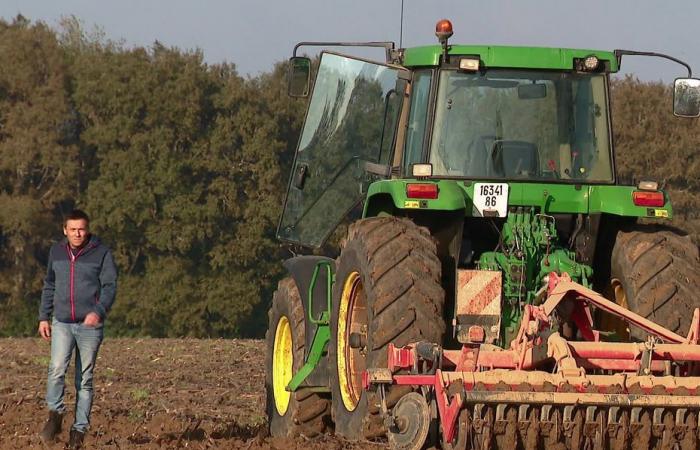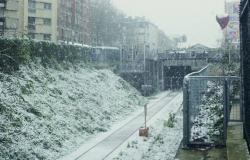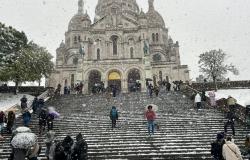Farmers are once again expressing their difficulties and their unease. To help them on a daily basis, there are chambers of agriculture in each department. What is their role and how do they work? A question that is all the more at the heart of the news as new elections will take place next January in these structures.
The essentials of the day: our exclusive selection
Every day, our editorial team reserves the best regional news for you. A selection just for you, to stay in touch with your regions.
France Télévisions uses your email address to send you the newsletter “The essentials of the day: our exclusive selection”. You can unsubscribe at any time via the link at the bottom of this newsletter. Our privacy policy
At the heart of a new agricultural crisis and a few weeks before the elections in the chambers of agriculture, close-up on the Vienne assembly and its role. For six years, it has been managed by Rural Coordination with Philippe Tabarin as president. This election represented a good performance against the ultra-majority FNSEA in France. Philippe Tabarin is a cereal grower and president of the Vienne Chamber of Agriculture: “They lost three rooms in Nouvelle-Aquitaine, that represents three rooms out of 12, it’s not insignificant. I think they had concerns and certainly still have concerns about the new elections that are approaching. »
ALSO READ : Anger of farmers: “we will go to any lengths to make ourselves heard”, threatens Rural Coordination
And beyond union differences, the Chamber of Agriculture is above all a structure intended to help farmers. In Vienne, 75 people work for this organization in Mignaloux-Beauvoir, near Poitiers. The chamber’s annual budget amounts to 8 million euros, in particular to provide training and support farmers.
Chamber employees are there to provide advice or support farmers when they have a strategic project for their farm.
Aurélie MutelActing Director of the Vienne Chamber of Agriculture
Farmers are called upon to renew their representatives in the chambers in January 2025.
•
© France Télévisions
Aurélie Mutel is the interim director of the Vienne Chamber of Agriculture : « All the chamber’s employees are there to provide them with daily, technical, regulatory or economic advice to analyze their costs and their margins of progress, or to support them when they have a strategic project for their operation. »
In January, nearly 20,000 farmers are called to vote to elect their representatives in Vienne. What does this vote represent for operators? Here are responses from two non-union voters.
The chamber is there to bring together farmers, whether they are breeders, cereal growers, market gardeners or even beekeepers and that is very important.
Olivier PoirierDairy cow breeder
These are elected officials who represent us and somewhat direct the agricultural world. I’m not against the Chamber of Agriculture, when we need training or advice, that’s what they’re there for. Yes, I will go and vote.
Cedric TurpeauBreeder and producer of goat cheese
Olivier Poirier is a dairy cow breeder in Surin, in Vienne
•
© France Télévisions
Another look at these organizations: that of Nicolas Turquois, farmer and MoDem deputy since 2017. He was also a former member of the FNSEA. This is his feeling: « There is always a political color in the room, more or less marked. Currently, and I regret it, the Vienne Chamber is far too marked, it is the extension of union activity and it is regrettable because farmers need support before union fights. »
In Vienne as in each department, elections in the chambers of agriculture will be organized throughout the month of January 2025.






